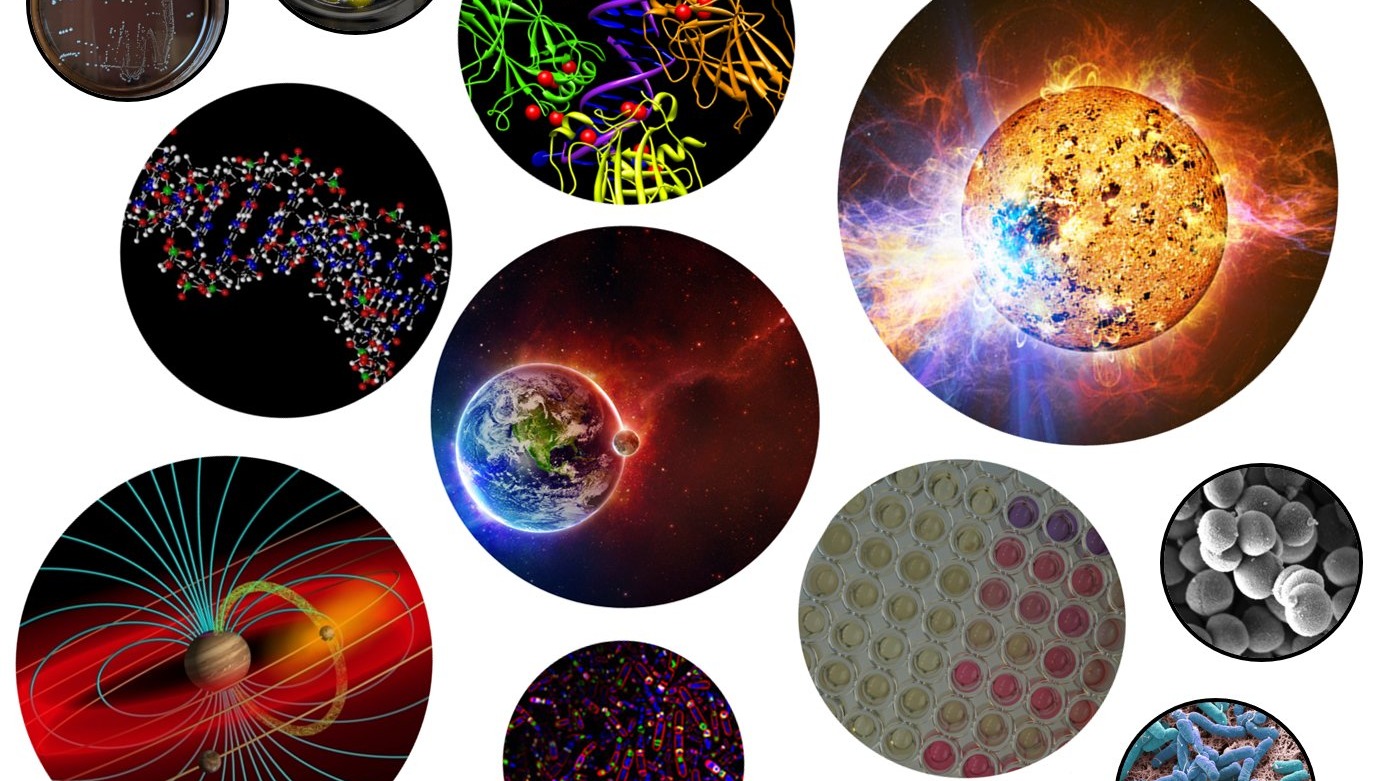In spaceflight, one of the most harmful factors for humans but also for technical equipment is exposure to cosmic radiation. Following the goals that spacefaring agencies such as ESA and NASA have set for the future, including missions to the Moon and Mars, human permanence in space will inevitably be prolonged. Keeping in mind the harmful effects of radiation has on the human body, efficient measures for radiation protection must be taken. Synthetic biology is an emerging field that can revolutionize space missions. In particular, harnessing biology in reliable, robust, engineered systems to support human space exploration missions can be a complementary asset fostering and protecting the life of astronauts. Taking inspiration from nature, and more specifically emulating the models, systems, and elements of living organisms has been proving beneficial to scientific progress in many application fields, e.g. from medicine to aerospace engineering and can pave the way for more innovative ideas. Many microorganisms are experts in shielding themselves from the damaging effects of radiation. For example, prokaryotes as well as eukaryotes synthesize pigments which protect them against photo-oxidative damage. Such pigments can be fabricated for a variety of applications, creating a new class of materials and coatings that can protect life on Earth, in deep space, and beyond. In this project, we would like to explore more about how to use the most promising microbial pigments and their radioprotective properties to be potential bioinspired shielding materials for spaceflight purposes. Within a joint collaborative PhD thesis, we aim to explicitly test the role of microbial pigments obtained from extremophilic as well as from biotechnological organisms to test current, innovative and future radiation shielding concepts.

